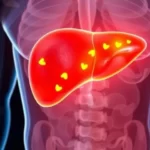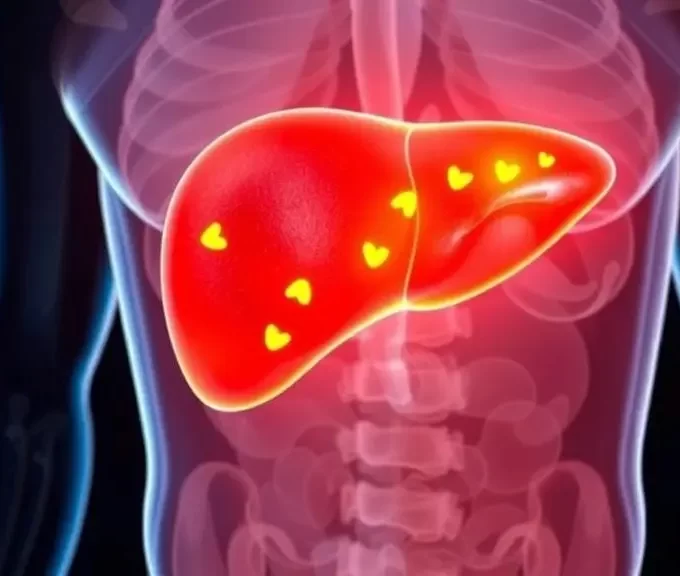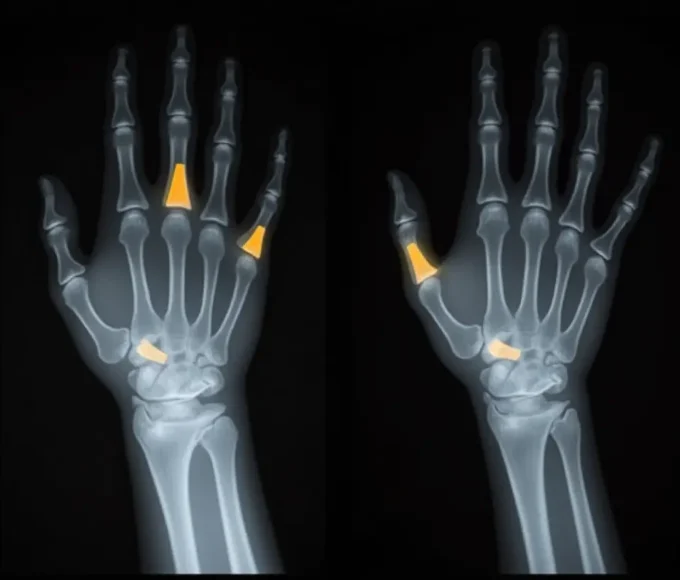Primary pulmonary hypertension symptoms
The numbers in pulmonary hypertension
Pulmonary blood pressure is normally a lot lower than systemic blood pressure. Normal pulmonary-artery pressure is about 14 mm Hg at rest. If the pressure in the pulmonary artery is greater than 25 mm Hg at rest and 30 mm Hg during exercise, it is abnormally high and is called pulmonary hypertension.
The problem of pulmonary hypertension
The blood vessels that supply the lungs can also constrict and their walls may thicken, so they can’t carry as much blood. As with a kinked garden hose, pressure builds up and backs up. The heart works harder, trying to force the blood through. If the pressure is high enough, eventually the heart can’t keep up, and less blood can circulate through the lungs to pick up oxygen.
Doctor With Stethoscope On Man’s Chest
Symptoms
Patients with PHT may experience:
Fatigue
Dizziness
Shortness of breath
Symptoms and diagnosis of primary pulmonary hypertension (PPH) can be tricky.
Early on, you may think you’re simply “out of shape” because general fatigue and tiredness are often the first symptoms. It is more noticeable if you experience breathing difficulty, dizziness or even fainting spells that some patients report. As the condition progresses, you may begin to notice swelling in the ankles or legs, bluish discoloration of the lips and skin, and chest pains. These later symptoms indicate your body is not circulating enough oxygen-filled blood from your lungs which is a definite health problem that needs treatment.
Although primary pulmonary hypertension (PPH) is rare, diagnosing and treating PPH is often delayed and can be very complex. Because these symptoms increase gradually, patients may not recognize them. Furthermore, most people do not seek medical help if they mistakenly believe they are simply “out of shape.”
With PPH, some patients will have many symptoms while other patients may only have a few clues to the problem. The medical evaluation requires an in-depth understanding of lung and circulation problems because these same symptoms can also signal other types of health problems. For these reasons, patients with symptoms that suggest pulmonary hypertension should be evaluated at a medical center with expertise and experience in pulmonary hypertension.
Primary pulmonary hypertension
When not accompanied by underlying heart and lung disease or other illnesses, it is called primary pulmonary hypertension. This condition is relatively rare, with only about 500 to 1,000 new cases diagnosed every year in the United States. The greatest number of cases is reported in women between ages 21 and 40. Several cases of primary pulmonary hypertension have been linked to the use of the appetite suppressants fenfluramine and dexfenfluramine











